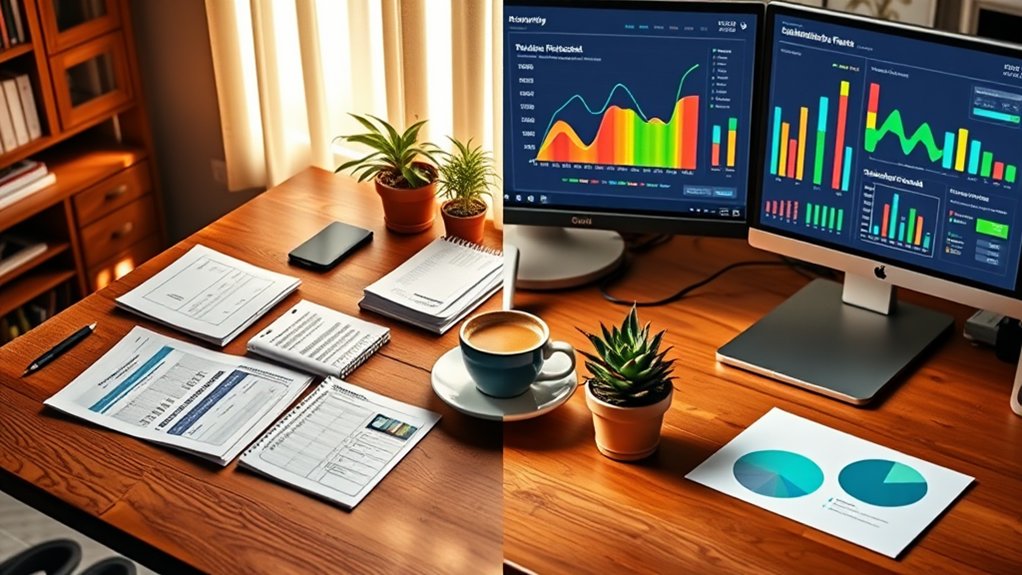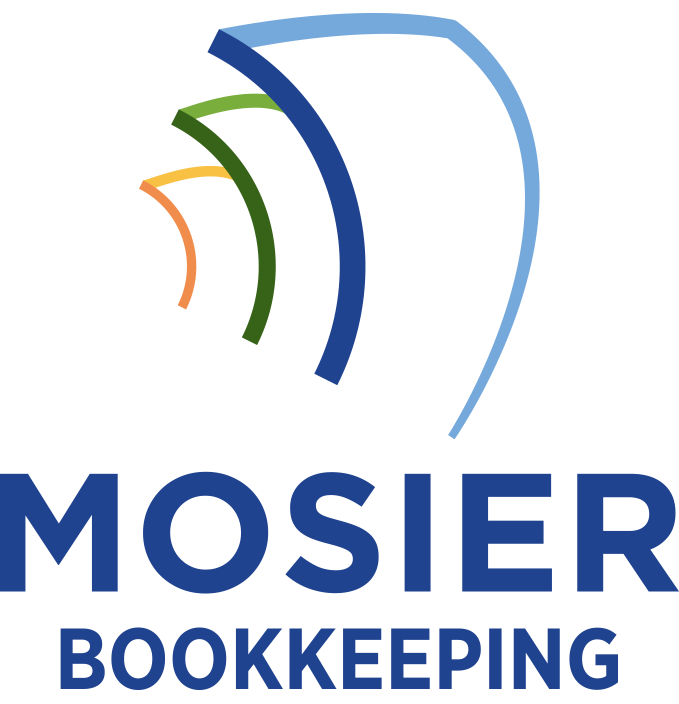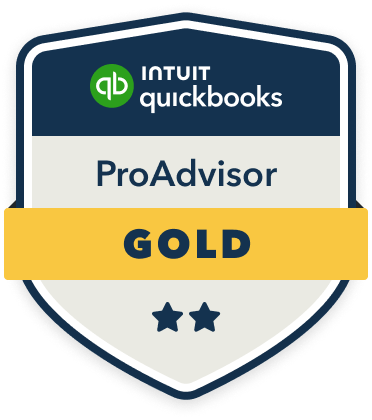To analyze stakeholder perceptions of sustainability efforts through bookkeeping, I’ll help you implement specialized tracking systems that combine traditional financial records with modern sustainability metrics. You’ll need to set up automated data collection tools that monitor social media sentiment, customer feedback, and environmental impact scores. By integrating these metrics with your existing accounting software and creating dynamic reports, you’ll gain actionable insights into how your sustainability initiatives affect stakeholder attitudes. A deeper exploration of these methods will reveal powerful ways to maximize your ROI.
Understanding Stakeholder Perception Metrics in Modern Bookkeeping

Modern stakeholder perception metrics have evolved beyond traditional financial indicators to encompass a company’s environmental and social impact. I’ll show you how to track stakeholder sentiment through quantifiable data points that strengthen your market position.
I measure stakeholder perceptions using three key metrics: sustainability rating scores, social media sentiment analysis, and customer feedback matrices. By integrating these metrics into your bookkeeping system, you’ll gain actionable insights into how your sustainability initiatives affect brand value and market trust.
You can leverage this data to identify areas where your sustainability efforts yield the highest stakeholder approval and ROI.
Setting Up Systems to Track Sustainability Feedback Data
How can organizations effectively capture and organize the influx of sustainability feedback? I recommend implementing a three-tier data collection system. First, deploy automated software that tracks real-time stakeholder interactions across digital platforms. Next, establish a centralized database that categorizes feedback by source, sentiment, and impact level. Finally, integrate these data points with your existing accounting software.
I’ve found that linking stakeholder perception metrics to financial outcomes requires specialized sustainability reporting modules. Use customizable dashboards to monitor key performance indicators, and set up automated alerts for significant shifts in stakeholder sentiment that could affect your sustainability goals.
Integrating Environmental Impact Scores With Financial Records

While traditional accounting methods focus primarily on financial transactions, incorporating environmental impact scores requires a methodical restructuring of record-keeping systems. I’ve found that integrating these scores with financial records demands a powerful, data-driven approach.
- Create separate ledger columns for carbon footprint metrics, tracking CO2 emissions alongside monetary values
- Implement standardized conversion factors to translate environmental impacts into quantifiable financial terms
- Establish direct links between sustainability investments and their measurable returns through parallel account coding
I maintain precision by cross-referencing environmental performance indicators with quarterly financial statements, ensuring my sustainability data directly influences strategic decision-making and stakeholder reporting.
Measuring ROI of Stakeholder Engagement Programs
Effective stakeholder engagement programs require sophisticated ROI measurement systems that go beyond traditional financial metrics. I track quantifiable outcomes like increased brand value, reduced regulatory risks, and enhanced market access resulting from stakeholder initiatives. To calculate ROI, I divide net program benefits by total investment costs, factoring in both direct and indirect returns.
I’ve developed a stakeholder engagement scorecard that measures reputational gains, policy influence achievements, and community relationship improvements. By assigning monetary values to these intangible assets, I create all-encompassing cost-benefit analyses that demonstrate the full value of our sustainability programs to executive leadership.
Creating Dynamic Reports for Sustainable Performance Analysis

Dynamic sustainability reports demand integrated data systems that consolidate metrics from multiple sources into real-time performance dashboards. I’ll help you create reports that give you complete control over your sustainability data analysis.
- Power BI integration with your existing ERP systems for instant KPI visualization
- Custom SQL queries that pull stakeholder feedback, carbon metrics, and financial data into unified views
- Automated report generation with conditional formatting to highlight critical thresholds
I recommend setting up drill-down capabilities in your dashboards to instantly access granular details. This empowers you to make swift, data-driven decisions and maintain decisive control over your sustainability initiatives’ performance tracking.









